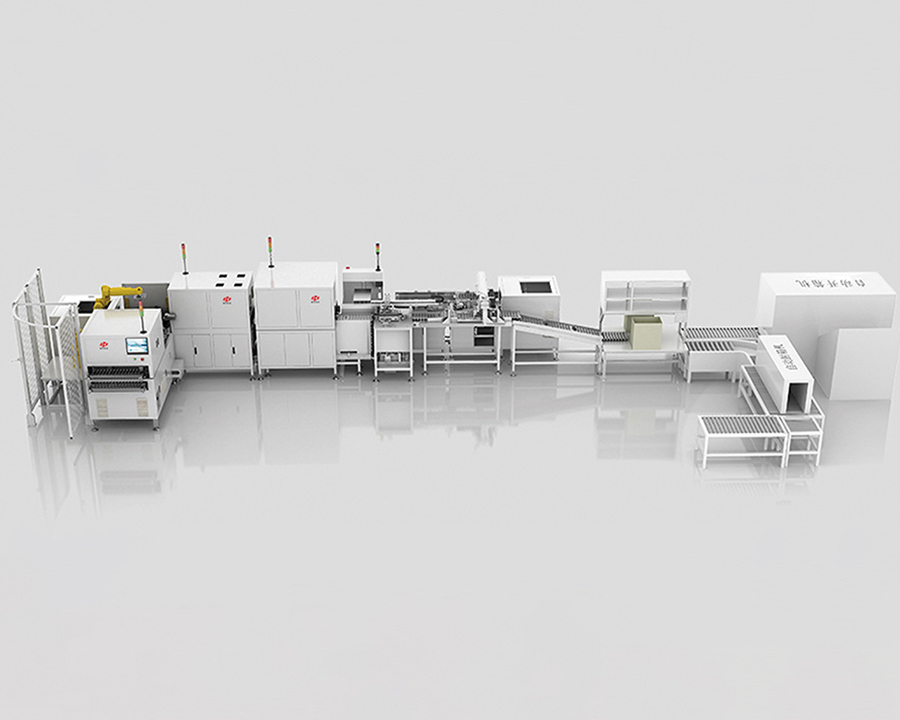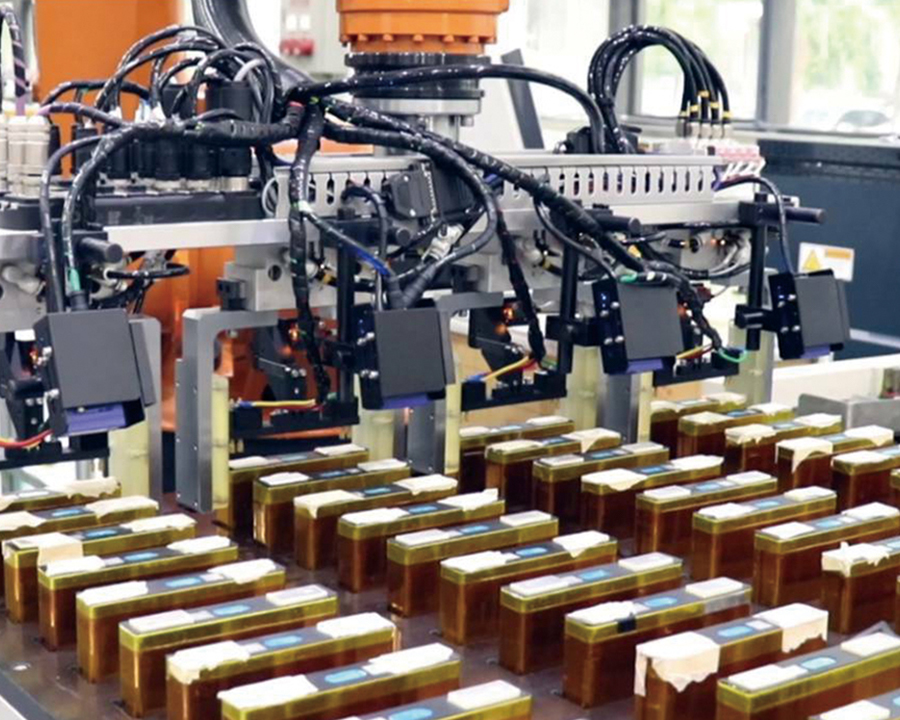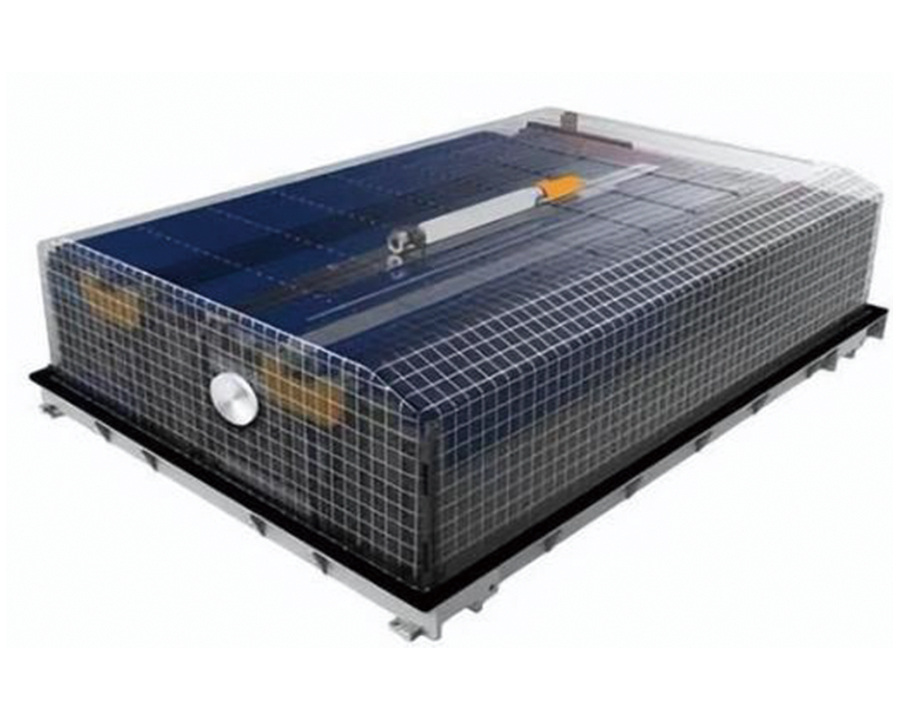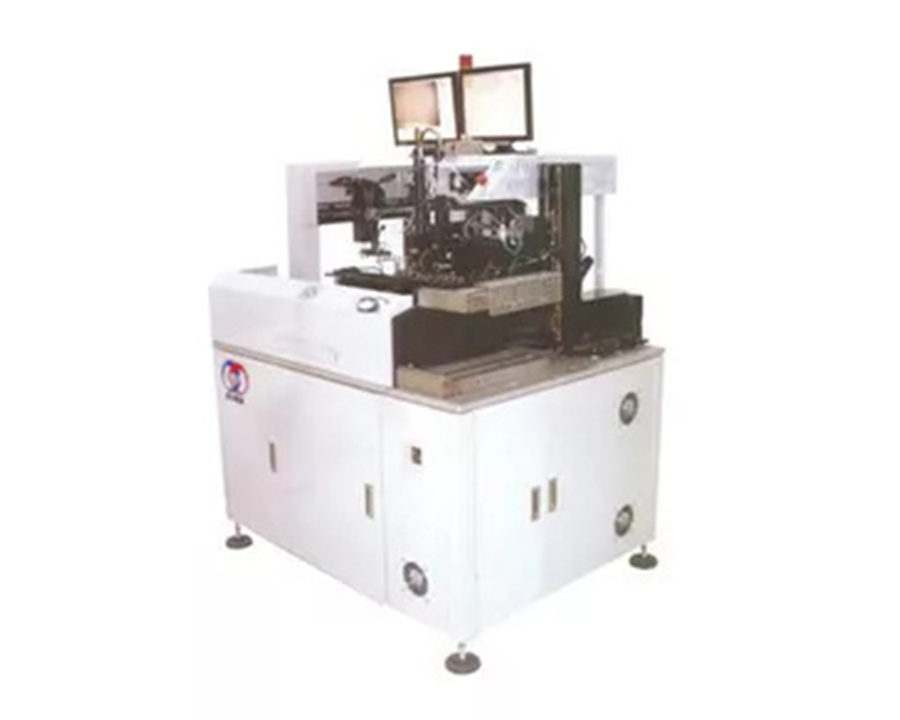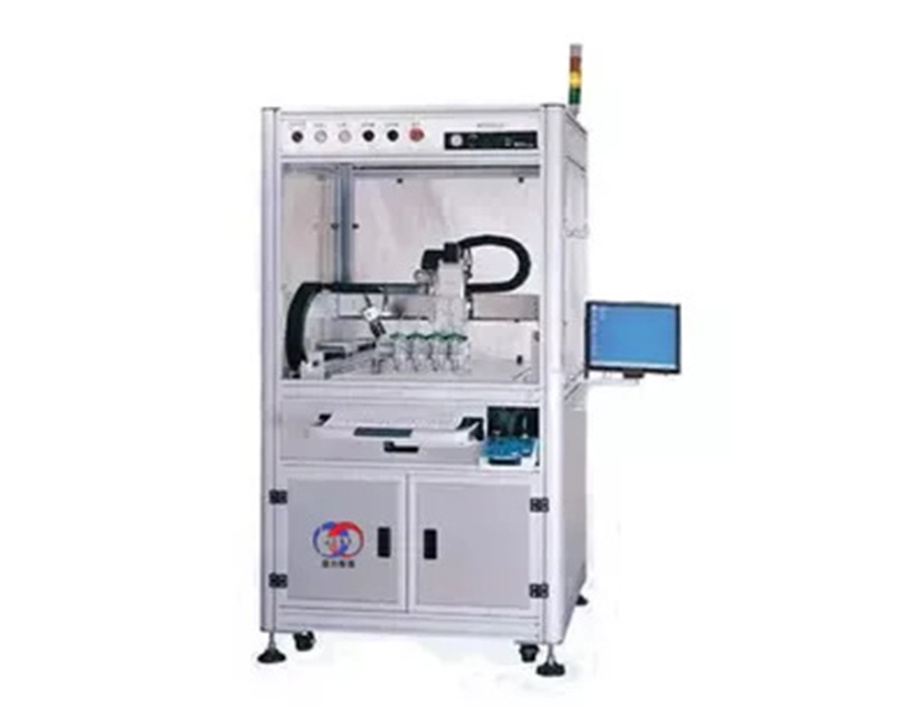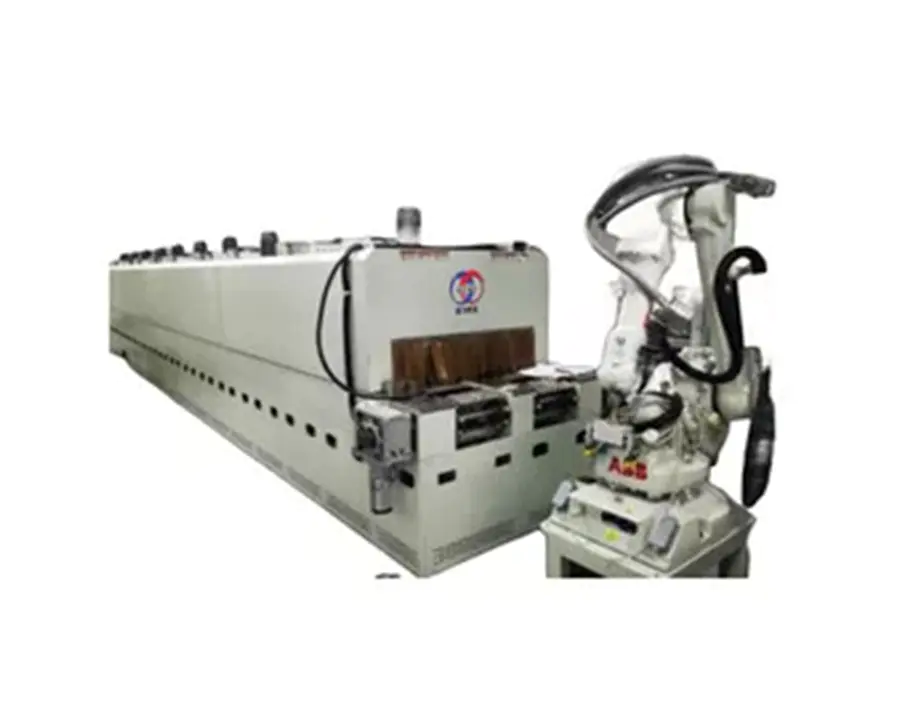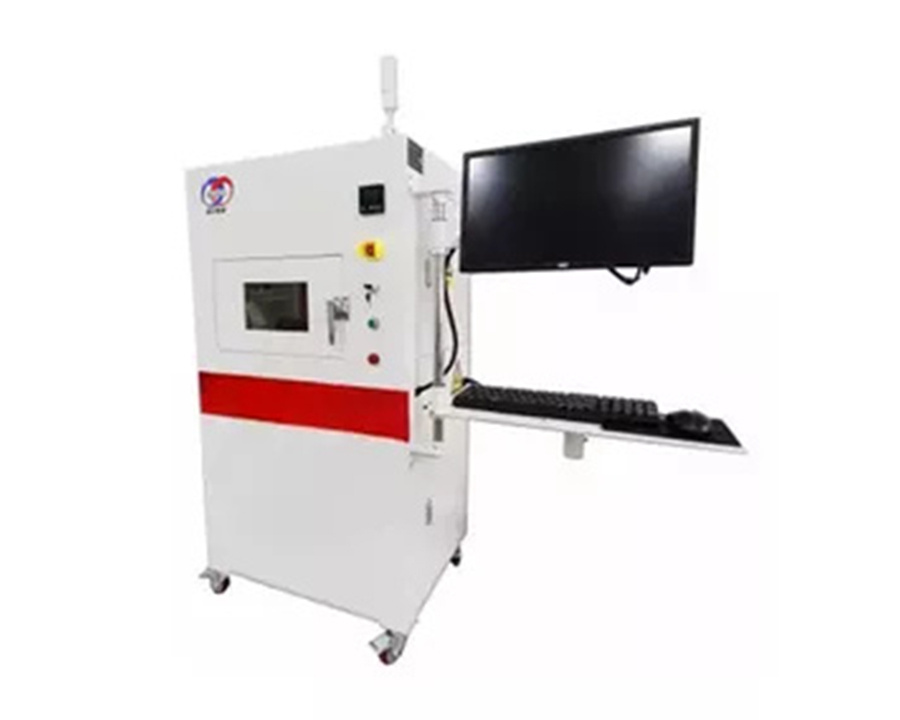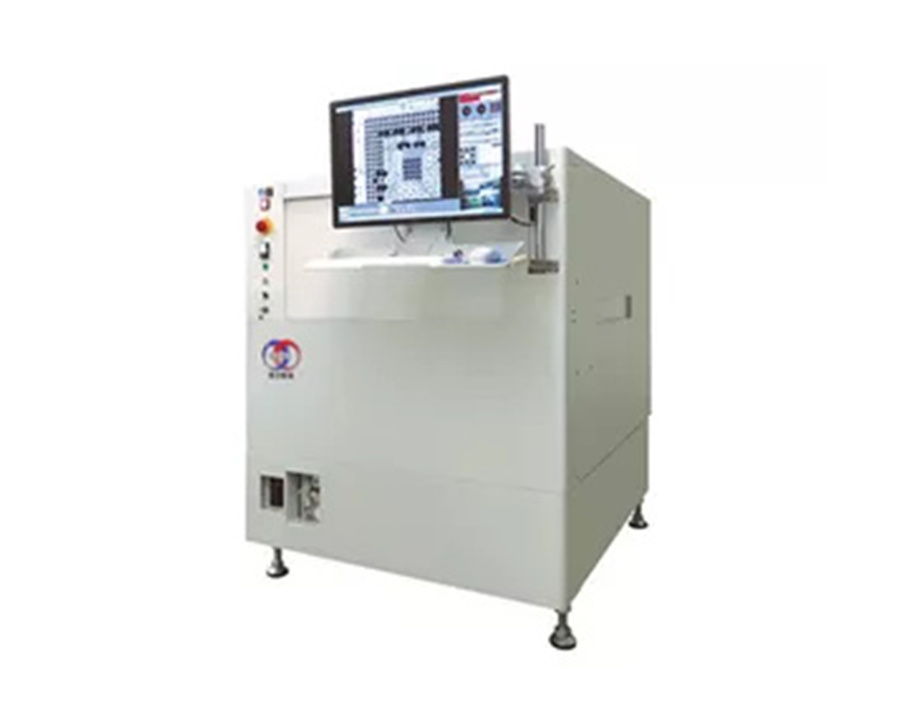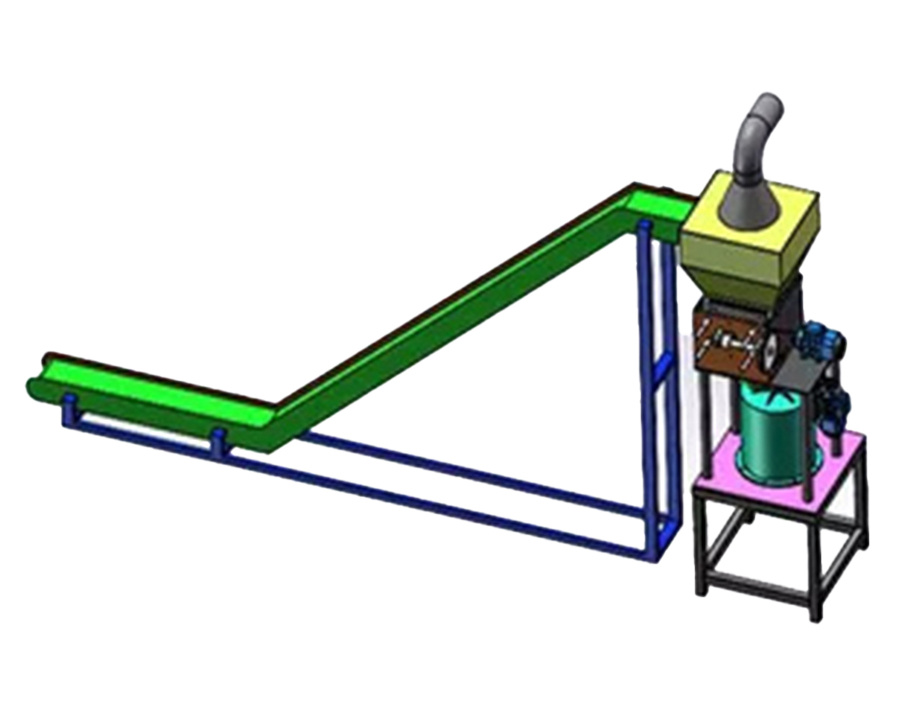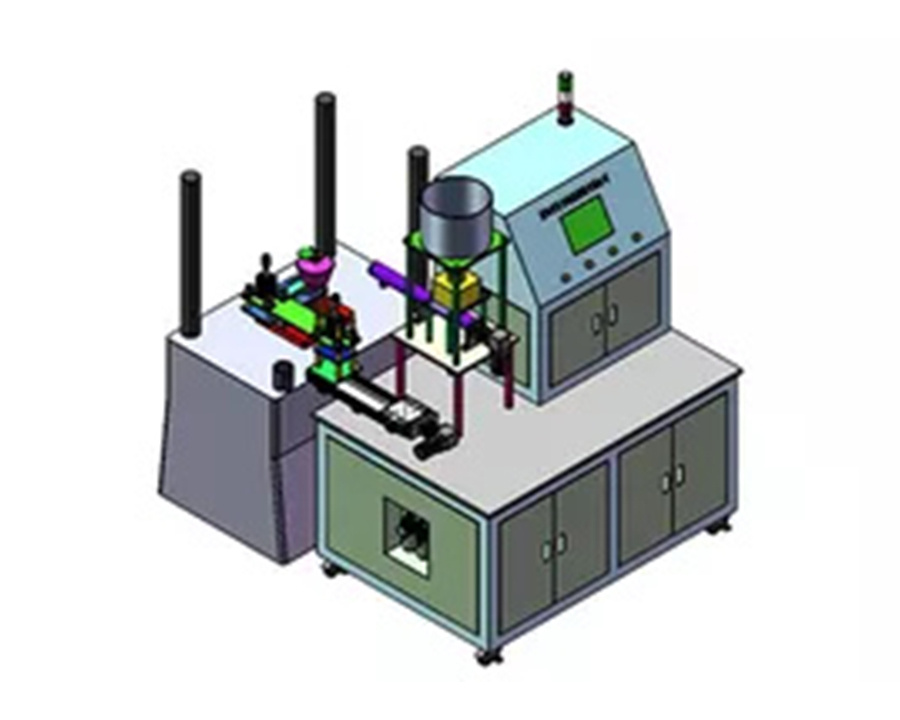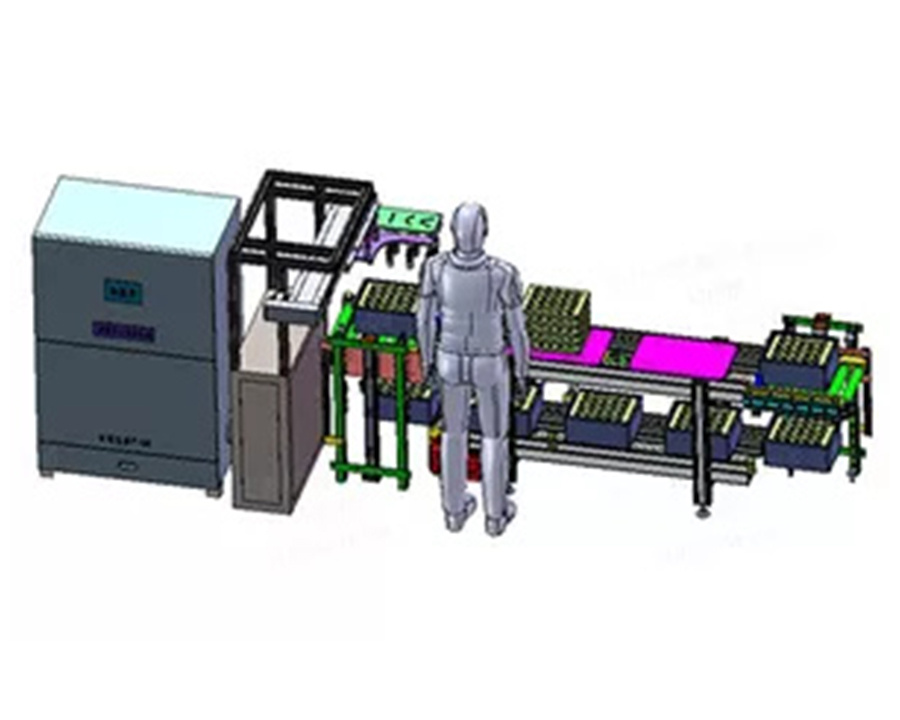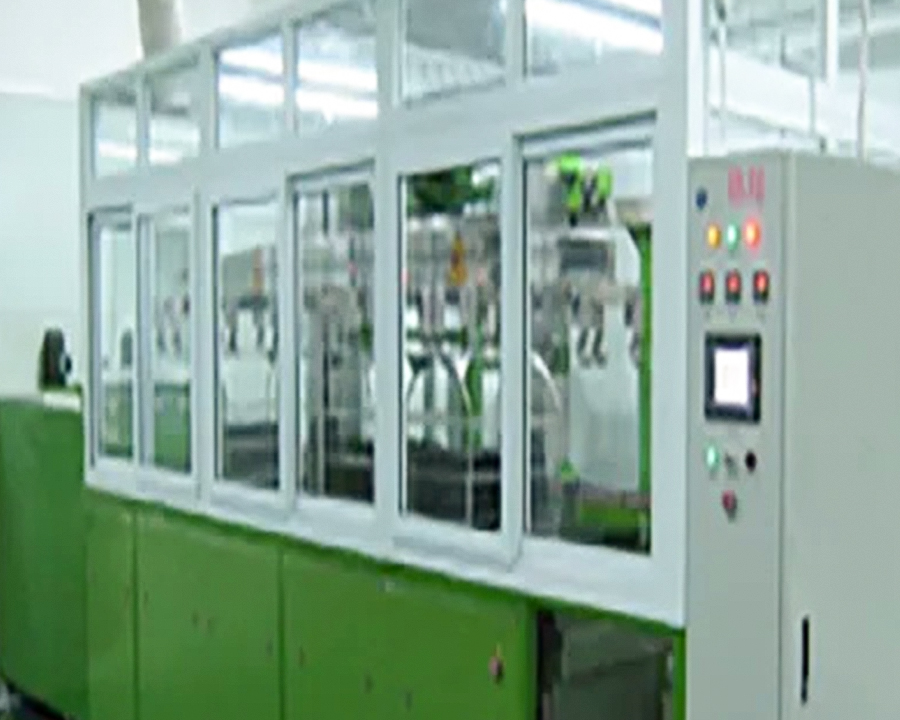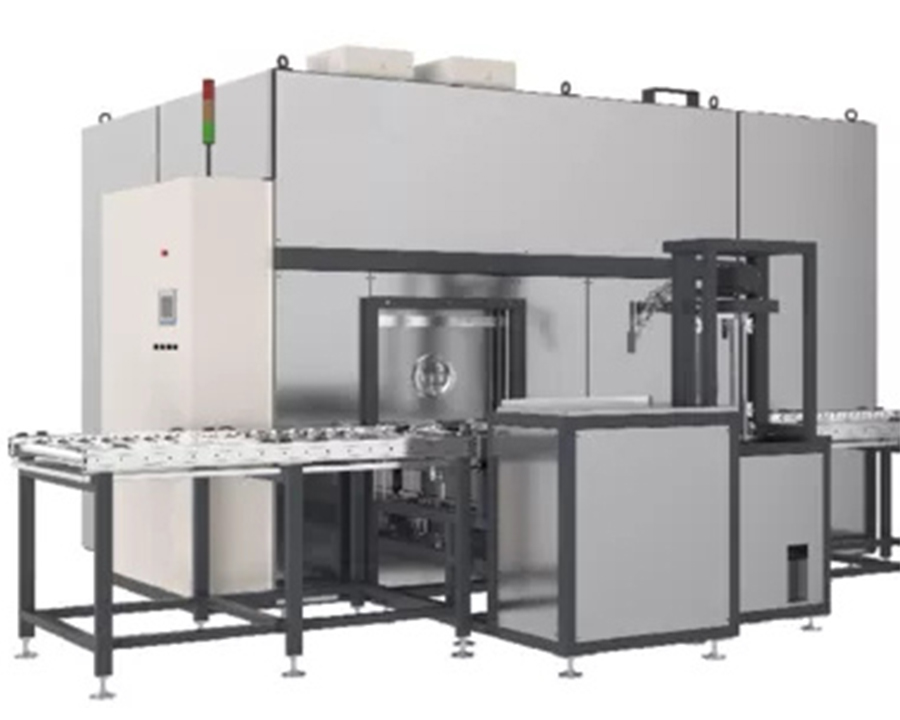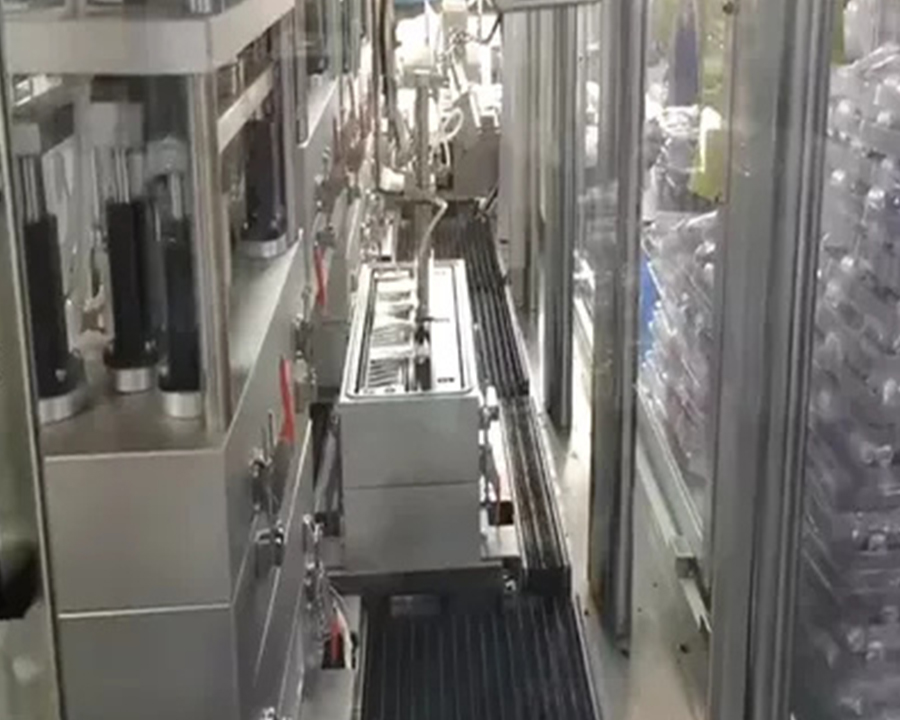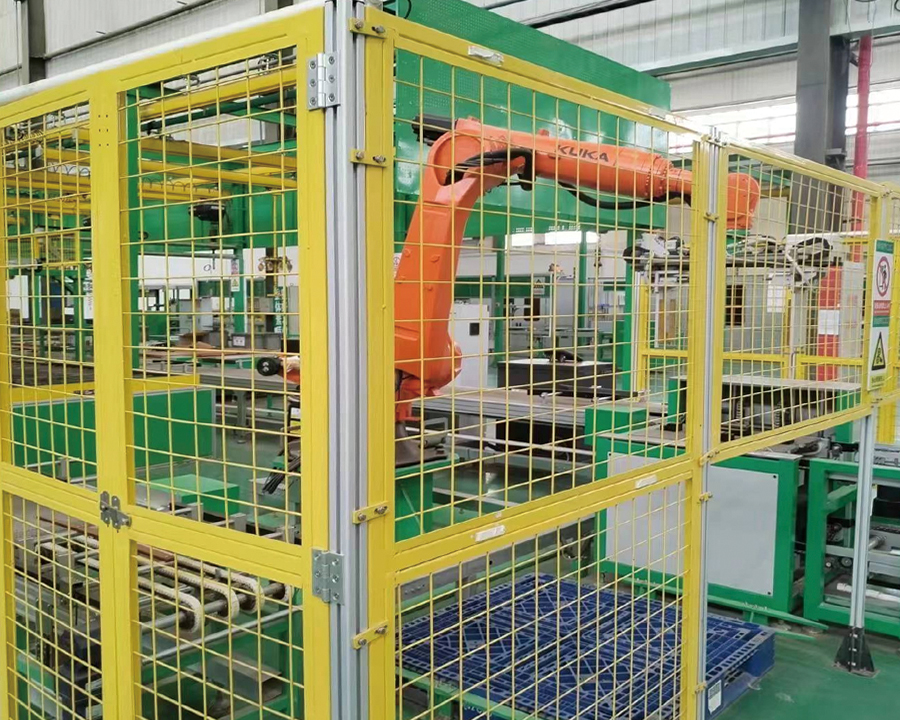Silicon carbide grinding equipment: a hard-core tool for efficient precision machining
In modern industrial manufacturing, precision machining of high-strength and high-hardness materials is becoming one of the key technical challenges. Especially in the fields of aerospace, automobiles, electronic ceramics, optical devices, etc., there is a growing demand for the processing of hard and brittle materials such as ceramics, cemented carbide, sapphire and glass. At this time, Silicon Carbide Grinding Equipment is becoming an irreplaceable "hard-core" tool in the precision grinding industry with its excellent wear resistance and thermal stability.
What is silicon carbide grinding equipment?
Silicon carbide (SiC) is a composite inorganic material composed of carbon and silicon with extremely high hardness (second only to diamond and cubic boron nitride), excellent thermal conductivity and chemical stability. Grinding equipment made of it as an abrasive material has excellent cutting ability and wear resistance, and is especially suitable for processing high-hardness materials such as ceramics, hard metals, glass, sapphire, etc.
Silicon carbide grinding equipment mainly includes the following categories:
Surface Grinder
Centerless Grinder
Cylindrical Grinder
Precision Polishing Machine (Lapping/Polishing Machine)
Wet or Dry Grinding System
Core Advantages: Why Choose Silicon Carbide Abrasive?

1. Super Hardness, Suitable for High-Strength Materials
The Mohs hardness of silicon carbide is as high as 9.2, which is much higher than ordinary alumina abrasives. It is suitable for processing high-hardness and brittle materials such as ceramics, tungsten carbide, etc., with high cutting efficiency and good processing accuracy.
2. High temperature resistance, strong thermal conductivity, and high stability
SiC materials can still maintain good shape and performance in high temperature environments, avoiding processing errors caused by high temperature softening. At the same time, good thermal conductivity helps to quickly dissipate heat and reduce thermal stress cracks.
3. Good chemical inertness to avoid reaction pollution
For sensitive materials such as electronic ceramics and glass, chemical reactions are not easy to occur during processing, which improves processing cleanliness and yield.
Wide application fields, supporting the development of precision manufacturing
Aerospace field
The processing of engine blades, heat shielding materials, ceramic bearings and other parts requires extremely high hardness and precision. Silicon carbide abrasives can provide fine and stable surface treatment effects.
Semiconductor and optoelectronics industry
Sapphire substrates, quartz glass, silicon wafer back thinning and other links have extremely high requirements for surface roughness and flatness. The combination of SiC grinding discs and multi-axis precision grinders is the core of the solution.
Advanced ceramic processing
Ceramics such as silicon nitride, aluminum oxide, and zirconium oxide are widely used in biomedicine, sensors, and wear-resistant parts. Silicon carbide grinding equipment performs well in improving processing efficiency and maintaining dimensional accuracy.
Analysis of different equipment types: How to choose a suitable grinding solution?
Surface grinder: Suitable for high flatness processing of large-size plates
Equipped with SiC grinding discs, it is suitable for flattening of wafers, glass cover plates, etc., and can be automatically controlled with CNC systems.
Centerless grinder: suitable for efficient processing of cylindrical parts
Through continuous processing, it is highly efficient and suitable for automated processing of large quantities of parts, such as ceramic rods, metal shafts, etc.

Wet grinding system: better cooling effect
Through the coolant circulation system combined with SiC abrasives, it is suitable for precision processing of heat-sensitive materials and improves surface quality.
Today, when precision manufacturing has become the core competitiveness of the industry, silicon carbide grinding equipment undoubtedly plays a vital role. It not only provides strong technical support for high-end manufacturing, but also accelerates process innovation in the fields of materials science and micro-nano processing. Both technology companies and equipment manufacturers should attach great importance to the selection and technological evolution of such equipment, so as to occupy a favorable position in the fiercely competitive wave of industrial upgrading.

 English
English русский
русский عربى
عربى
